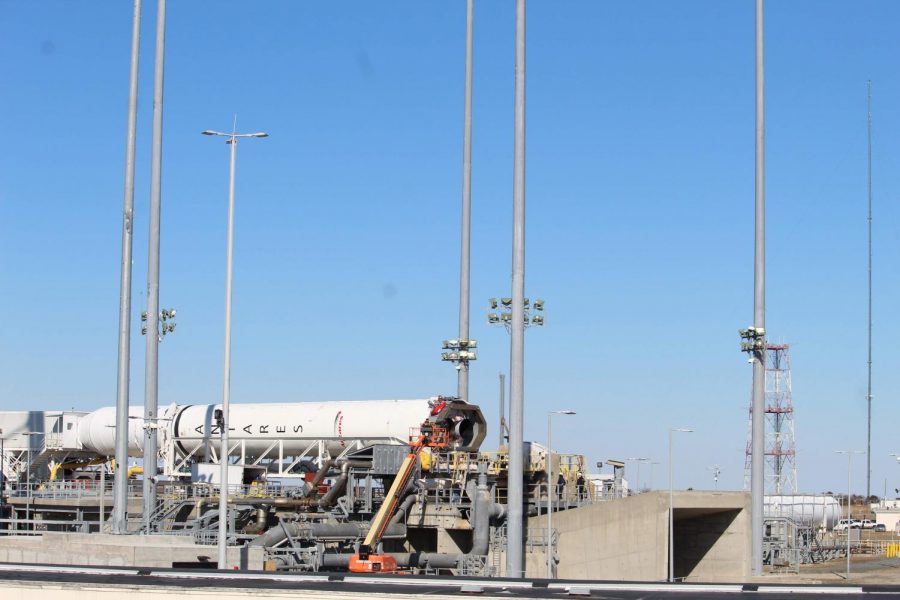Northrop Grumman’s NG-13 Cygnus Arrives to the International Space Station
Northrop Grumman has completed yet again another launch from the Eastern Shore of Virginia, making this the 10th Antares launch from the Mid-Atlantic Regional Spaceport at NASA’s Wallops Flight Facility on Wallops Island.
The time between NG-12 and NG-13 was the quickest Antares and Cygnus turnaround between flights. NASA requested the quick turnaround due to needed supplies and schedule openings.
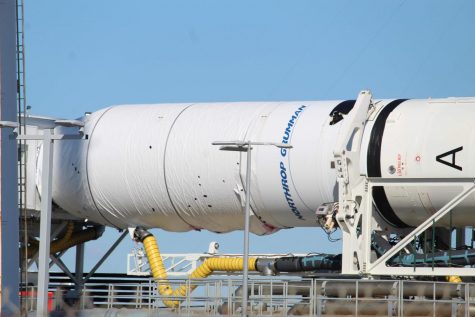
A few days prior to the first launch attempt on Feb 9, the Antares was rolled out from the Horizontal Integration Facility to Pad-0A on Wallops Island, VA. The NG-13 mission would be the second launch of the Antares 230+ variant and the second Cygnus launch for Northrop Grumman’s CRS-2 contract to resupply the International Space Station (ISS).
There were three failed attempts to launch Antares over the span of a week. The first launch attempt was on Feb 9, and had to be scrubbed due to a ground support equipment issue less than three minutes prior to launch.
Due to disturbed weather, the next attempt was on Feb 11, but that attempt was called off early due to remaining disturbed weather. The attempt on Feb 14 also had to be called off prior to fueling due to high upper-level winds, which varied between 118 and 188 mph depending on altitude.

At 3:21 pm EST on Feb 15, Antares finally launched from Pad-0A at the Mid-Atlantic Regional Spaceport at Wallops Island, Va. A few minutes after launch, the second stage, a Castor 30XL solid rocket motor, seperated from the first stage.
The first stage, with two Russian RD-181s impacted the ocean around 50 miles downrange of Wallops. Prior to impact, the first stage purged all remaining Liquid Oxygen and RP-1 Kerosene fuel in order to protect the aquatic environment.
After separation of both the fairings and the interstage, the Castor 30XL ignited. Since the second stage cannot be shutoff, the stage was programmed to make a series of “S” curves to provide an accurate orbit.
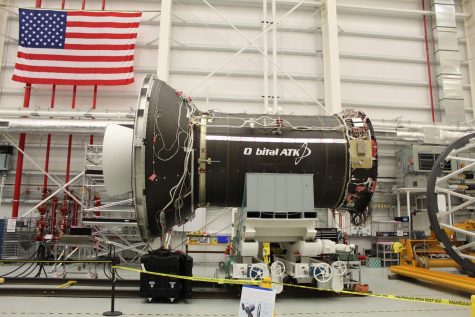
After the Castor 30XL burned out, the Cygnus spacecraft separated. The Cygnus spacecraft then deployed the two circular solar arrays in order to generate power. The NG-13 Cygnus is the eighth of the “enhanced” Cygnuses to be built.
As the Cygnus approached the Station on Feb 18, it had to pass through two imaginary boundaries, called the Approach Ellipsoid and the Keep Out Sphere. At 4:05 am EST, Cygnus was captured by the CanadArm-2 on the ISS.
The arm was controlled by NASA Astronaut Andrew Morgan. The arm was then used to move the Cygnus for berthing on the nadir (Earth facing) port on the Unity module at 6:16 am EST. At the time of berthing, the Station was traveling over New Zealand.
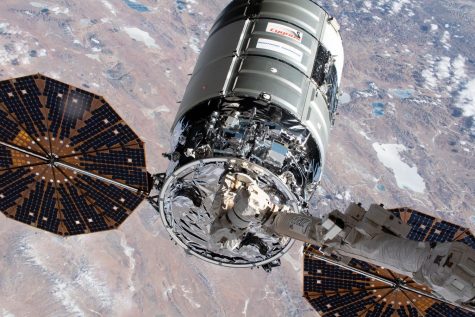
After docking, the space between both hatches on Unity and Cygnus called the vestibule had to be pressurized, this was then followed by leak checks by the crew before both hatches could be opened. The whole process took a few hours. When the Expedition 62 crew opened the Cygnus hatch, they were greeted by a sign with a photo of Major Robert H. Lawrence Jr.
It is a tradition at Northrop Grumman to name each Cygnus spacecraft after a person whom has broadened the human understanding of space. This Cygnus is named after Major Robert H. Lawrence Jr as the SS Robert H. Lawrence.

Lawrence was the first African-American Astronaut and was assigned to the US Air Force’s secret Manned Orbiting Laboratory (MOL) program. Sadly, he was killed in a plane crash in 1967 before he could fly to space.
Among the many things inside the Cygnus, the new Ka-band antenna is on board and will be installed on the exterior of the Columbus Module for the European Space Agency. The new antenna will enable astronauts inside of Columbus to have better communication with the ground.
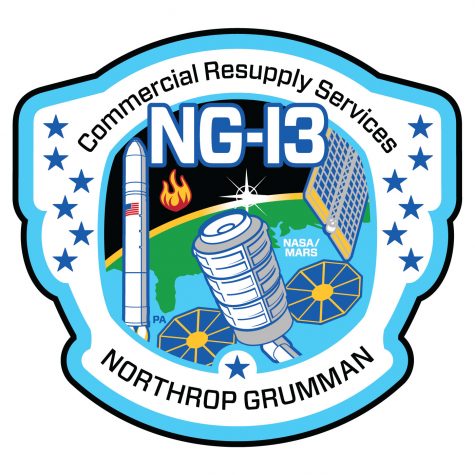
The Cygnus spacecraft will remain on the ISS until May, after which it will be berthed. After departure, the spacecraft is scheduled to have a two-week free flight mission in which the spacecraft will deploy cubesats.
During this time, the spacecraft will have a fire ignited inside as part of the Saffire experimenting how fires occur in spacecraft. The Spacecraft will then deorbit and have a destructive reentry over the Pacific Ocean.


